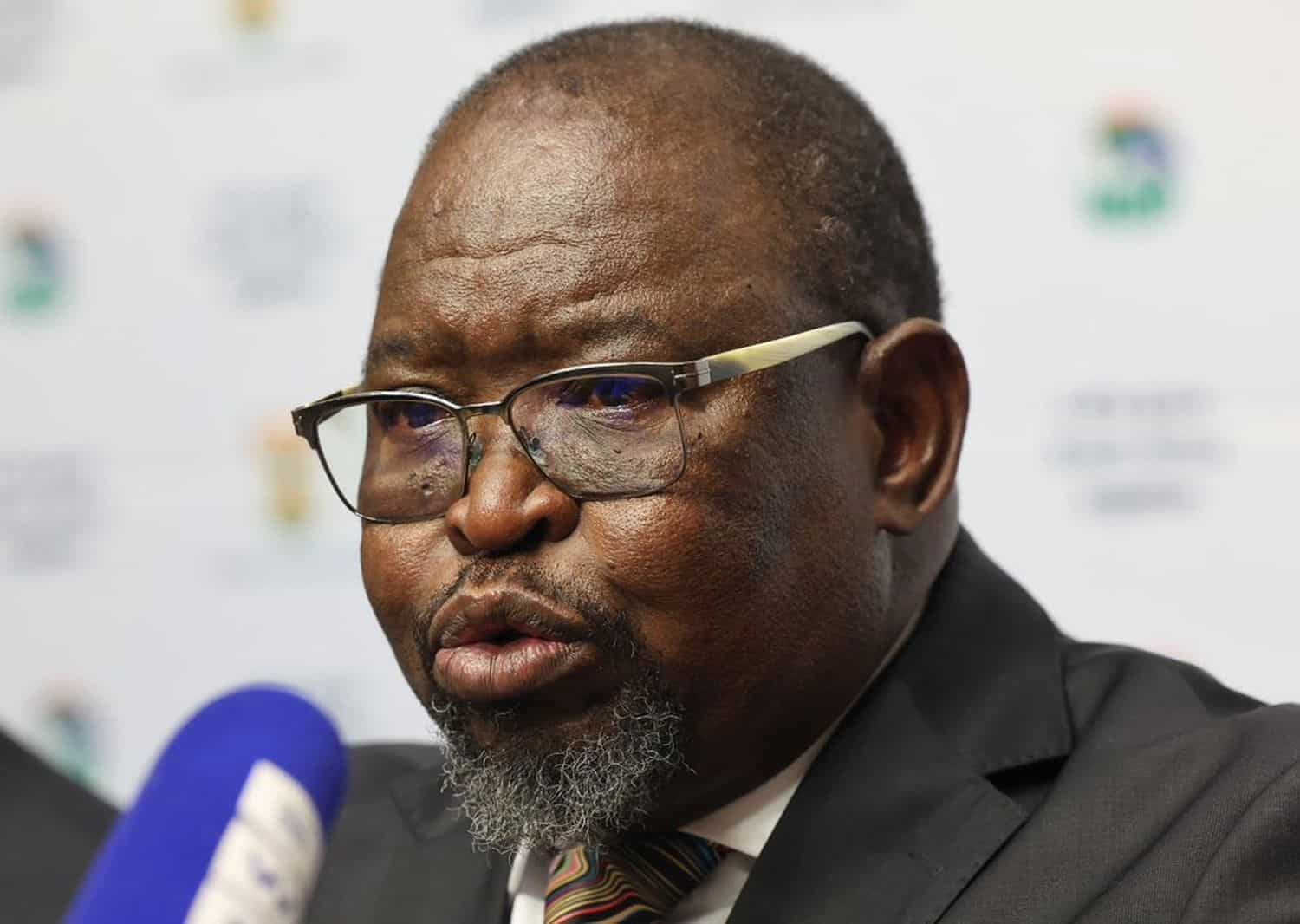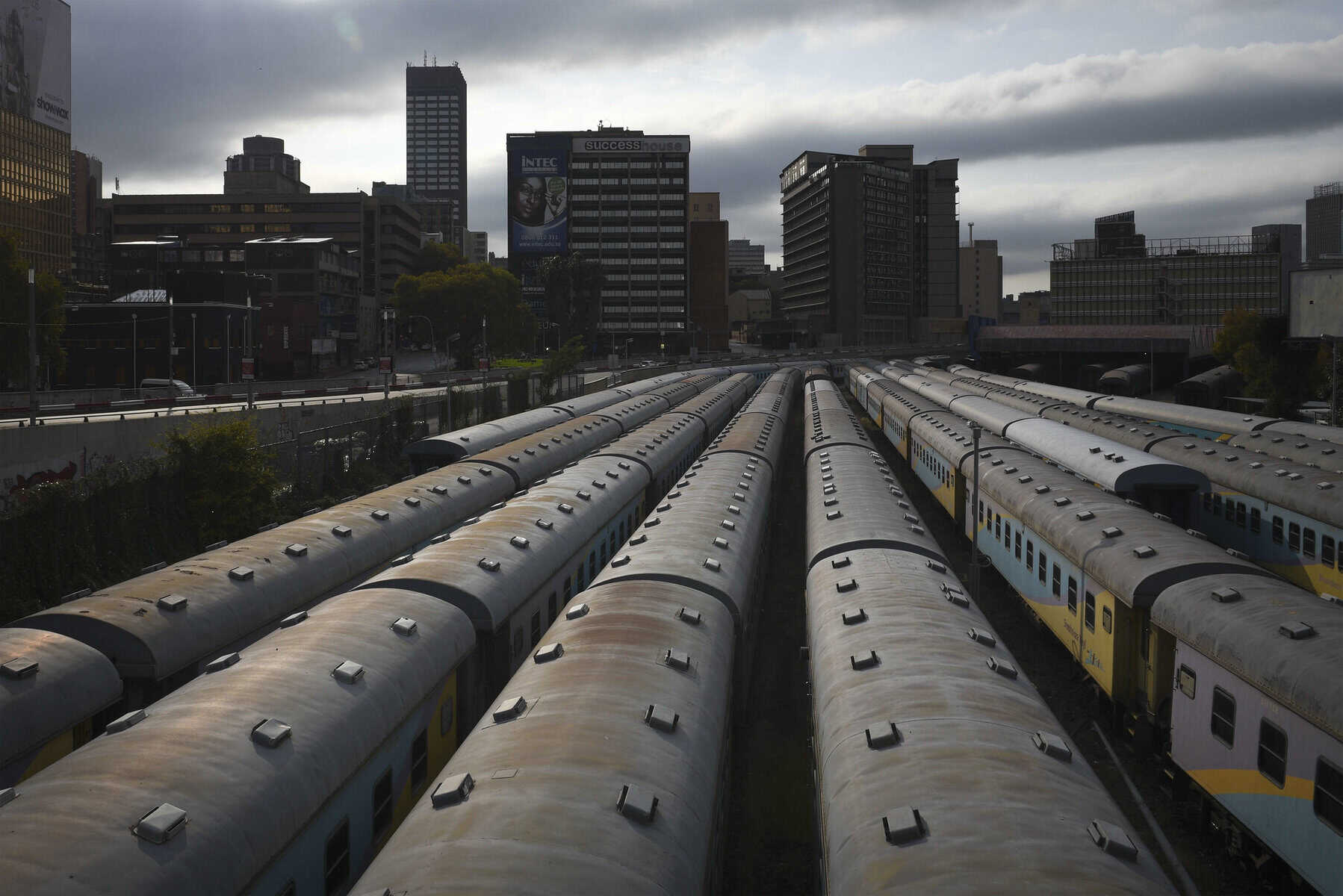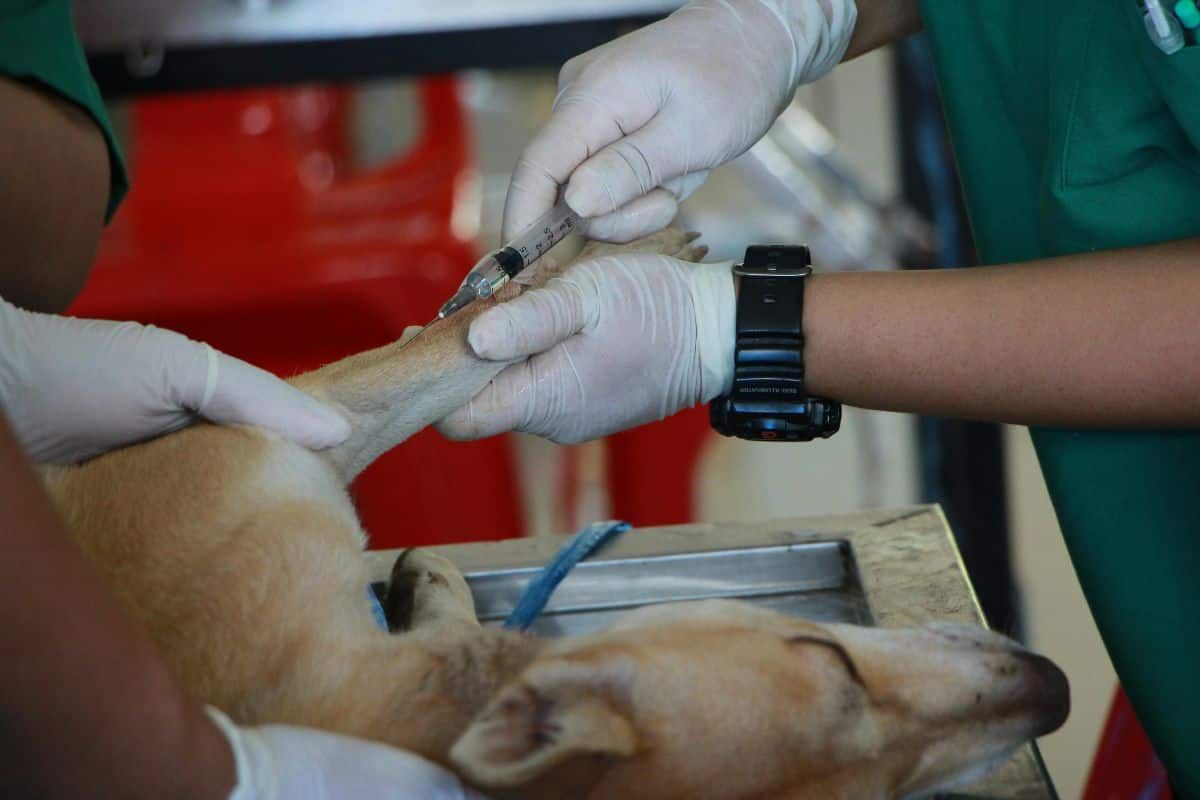The Inflation rate was good news this week, but we will have to wait to see whether scrapping the VAT increase was a good idea.
This week was marked by policy reversals and clarifications in South Africa and the US as policymakers had to confront the consequences of their decisions, while the South African inflation rate fell to its lowest level in five years.
Tracey-Lee Solomon, economist at the Bureau for Economic Research (BER), says in the US, the administration softened its previously hardline stance on tariffs and downplayed earlier critiques of the US Federal Reserve.
In South Africa, National Treasury retracted its VAT increase a mere week before its implementation date, while load shedding returned briefly.
“President Donald Trump walked back his harsh criticism of Fed chair Jerome Powell, clarifying that he had no intention to fire him. This reassurance aimed to calm markets rattled by concerns over central bank independence, after Trump’s remarks that Powell is a ‘major loser’ and that there was ‘virtually no inflation’ sent the S&P 500 and Nasdaq down more than 2% on Monday.
“Trump’s initial remarks followed a slightly hawkish speech from Powell and a warning that the higher-than-expected tariff increases would likely fuel inflation and slow growth, prompting the Fed to adopt a wait-and-see approach rather than rushing to cut rates.”
ALSO READ: Decrease in take-home pay reflection of mounting economic pressure
Gold reaches a new record
Solomon says gold surged to a fresh record above $3 500/oz as investors sought safety amid persistent volatility, although it came down quite a bit later in the week.
Bianca Botes, director at Citadel Global, says ongoing doubts about a US-China trade breakthrough and global economic uncertainty fuelled safe-haven demand, bolstering the precious metal. “Earlier in the week, gold hit a record high of $3 500 before retreating slightly as Trump softened his stance on Fed independence. The gold-to-silver ratio remains at multi-decade highs, underscoring gold’s strong outperformance.”
She notes that Brent Crude oil is trading near $67/barrel, heading for a weekly loss as oversupply fears return. “The hopes for a Russia-Ukraine ceasefire and the potential for increased output from the expanded Organisation of the Oil Exporting Countries (OPEC+) are weighing on prices, with Kazakhstan signalling it will not cut production at major fields.
“OPEC+ is set to discuss further output hikes in June, while the demand outlook remains uncertain due to unresolved US-China trade tensions. New US sanctions on Iranian energy exports provided some support but failed to offset the broader bearish sentiment.”
ALSO READ: Economists welcome scrapping of VAT increase
Mamello Matikinca-Ngwenya, Siphamandla Mkhwanazi, Thanda Sithole and Koketso Mano, economists at FNB, say in the current global environment, characterised by tariffs and heightened trade policy uncertainty, emerging market currencies, including the rand, will likely remain under pressure.
“This has important implications for inflation dynamics and monetary policy. Although South Africa is not directly involved in reciprocal tariff measures or tit-for-tat trade disputes with major partners such as the US, the broader inflationary impact of global trade tensions may still be transmitted through the exchange rate and import price channels.”
They warn that rand depreciation raises the cost of imported goods, particularly intermediate inputs critical to domestic manufacturing. “As import unit value indices increase, domestic producers reliant on foreign inputs face rising production costs. Whether these cost pressures lead to higher final output prices depends on several factors, including firms’ pricing power, the elasticity of consumer demand and the level of competition within specific industries.”
The rand was trading at R18.79/$ on Friday afternoon.
ALSO READ: What does lowest inflation in 5 years mean for repo rate?
Inflation surprised to reach a 5-year low
According to Statistics SA, headline consumer inflation moderated to 2.7% in March, after holding steady at 3.2% in February, again lower than the consensus forecast of 3% thanks to lower fuel prices. Core inflation, which excludes food and energy costs, moderated to 3.1%.
Isaac Matshego and Busisiwe Nkonki, economists at the Nedbank Group Economic Unit, say it was encouraging that the prices of most other goods and services remained generally subdued.
Matikinca-Ngwenya, Mkhwanazi, Sithole and Mano expect that inflation should remain steady in April before resuming a rising trend in May. “We expect that inflation will come in at 2.7% in April. Some monthly pressure could show up in food inflation, while fuel price declines continue to contain overall inflationary pressure.
“The favourable base effects that kept headline inflation around the bottom of the inflation target range should start to fade at around the turn of the year. However, the weak starting point and softer oil prices should support inflation below the midpoint of the inflation target range in the second half of the year, averaging below 4% this year.”
ALSO READ: IMF’s bad news about economic growth for SA, thanks to Trump tariffs
Producer price inflation also down
Headline producer price inflation (PPI) for final manufactured goods slowed to 0.5% in March, down from 1% in February, largely in line with expectations and marking a second consecutive month of easing factory-gate inflation. On a monthly basis, PPI quickened to 0.6% in March from 0.4% in February.
Matikinca-Ngwenya, Mkhwanazi, Sithole and Mano say while headline PPI, which captures changes in prices of goods sold to retailers (and ultimately consumers), remains aligned with consumer inflation, intermediate producer inflation paints a slightly different picture.
“Intermediate producer inflation, which measures changes in prices of goods used as inputs in the production process, has been steadily rising, currently standing at 7.4% from -2.9% in September 2023.
“This divergence suggests that most producers are likely absorbing rising input costs instead of passing them on to the final consumer. This is consistent with subdued domestic demand and intensified competitive pressures, which may be constraining firms’ ability to raise prices.”
ALSO READ: Act now to absorb impact of Trump tariffs on SA vehicle manufacturing sector – BLSA
Inflation and PPI expected to slowly increase
Matshego and Nkonki say consumer and producer inflation are likely to increase moderately in the months ahead. “The low base established in the second half of last year, a weaker rand and higher electricity tariffs will amplify the upward trend.
“However, the upside will likely be contained by subdued global oil prices and uneven domestic demand. The scrapping of the VAT rate hike also makes a difference to the outlook. We expect consumer inflation to ease from 4.4% in 2024 to a tame 3.6% in 2025 and producer inflation to increase slightly from 3% to 3.1%.
“A vulnerable rand remains the key upside risk. The rand could come under renewed and sustained pressure if global risk-off sentiment spikes on any escalation in the global trade war, changes in US monetary policy, or a prolonged spell of acute policy and geopolitical uncertainty.”














